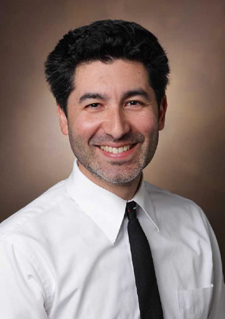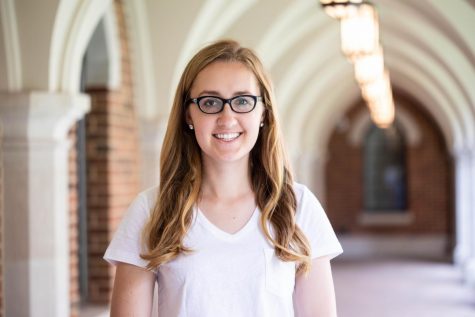“Most of the other kids in my neighborhood didn’t become astrophysicists,” said Vanderbilt professor of astronomy Keivan Stassun. “So even as I went off to college I think I was already aware of this sort of unevenness of opportunity in society.”
Now, as he leads a team of twenty researchers as a co-investigator on a NASA project, Stassun remembers his upbringing and uses his position to open doors of opportunity for others who are less fortunate.
“It sort of seems like magic to me still, that it’s possible for people to stand on the ground and look up at the sky and figure it all out.”
Half-Mexican and half-Iranian, Stassun was raised in Los Angeles in a working-class family that spoke both English and Spanish. In elementary school, he was identified as academically gifted and was put on an academic magnet school path.
Stassun was fascinated by astronomy from a young age and dreamed of being a scientist when he grew up.
“It sort of seems like magic to me still, that it’s possible for people to stand on the ground and look up at the sky and figure it all out,” said Stassun.
In high school, Stassun knew he wanted to become an astronaut. He applied to the U.S. Naval Academy, thinking that a career as a military pilot would help him to become an astronaut. However, Stassun ended up deciding against a military career and chose to attend the University of California, Berkeley instead on a full scholarship.
Stassun notes the contrast between the working-class Los Angeles neighborhood that he grew up in and the city of Berkeley.
“It was like being teleported to this other world,” he said. “I showed up in Berkeley… and it was just so different, the scene was so different, the people seemed so different.”
Stassun majored in astrophysics, and started doing research in this field his sophomore year. Despite feeling anonymous in large lecture classes, Stassun valued his undergraduate research experience.
“I really benefitted from being immersed in the culture of a research university,” said Stassun.
Today when Stassun advises high school students about college decisions, he encourages them to choose between a research university or a liberal arts college because students will have different opportunities at each.
Stassun left California to pursue his PhD at the University of Wisconsin-Madison, where he worked with a professor who was a close collaborator with one of his professors at Berkeley. Stassun also became active in providing math and science education to minority populations while he was in Wisconsin.
“We’re basically looking for Earth 2.0.”
After finishing his PhD at Wisconsin, Stassun moved to Nashville and joined the faculty at Vanderbilt as a professor of astronomy.
In 2012, MIT researchers asked Stassun to be a co-investigator on the Transiting Exoplanet Survey Satellite (TESS) NASA project. After years of research in his field, Stassun was honored by this opportunity.
Stassun leads a research team of six post-doctoral scientists, eight PhD students from Vanderbilt University and Fisk University and several undergraduate students from both Vanderbilt and Fisk. Their goal is to find find planets like Earth orbiting around stars like our sun. To do this, they are working to select two hundred thousand bright stars that are optimal targets for their mission.
“We’re basically looking for Earth 2.0,” Stassun said.
Almost exactly a year from now, NASA will launch the telescope that will allow researchers to see the bright stars that Stassun and his team select. This gives them nine months to compile their final target list.
The contributions of Fisk undergraduate and graduate students to Stassun’s team can be traced back to Stassun’s upbringing. Pulling from his own experience as a student given an opportunity to excel despite his socioeconomic situation, Stassun worked with Fisk professors to create a bridge program between Vanderbilt and Fisk in which Fisk students can earn a graduate degree at Fisk and then transition into the PhD program at Vanderbilt. The program began in physics and astronomy and now includes all science departments.
“What a great opportunity to connect incredible students from two incredible institutions that have the good fortune of being a mile and a half apart,” Stassun said.
“It’s an opportunity, I feel, to really impact a lot of Vanderbilt students in terms of the basic understanding that they will carry with them for the rest of their days.”
Stassun’s love for discovery and learning is especially evident in the classroom. He is currently teaching Introductory Astronomy, which is his favorite class to teach.
“It’s an opportunity, I feel, to really impact a lot of Vanderbilt students in terms of the basic understanding that they will carry with them for the rest of their days,” Stassun said. “Understanding a little bit about how the universe works, and about each of our intimate physical connection to the stars. And I just love telling that story.”



